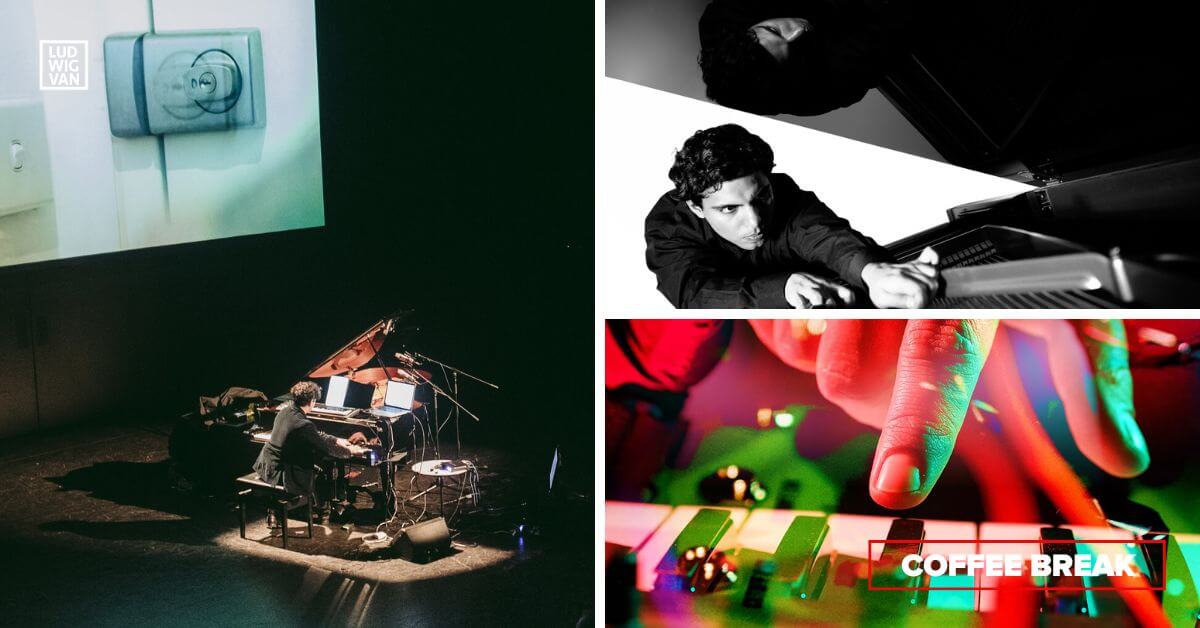
The acoustic piano, as we know and love it now, has undergone few technological advances over the last century or more. That’s something that Zubin Kanga would like to change — or expand upon.
Australian-born pianist, composer and musicologist Zubin Kanga is perhaps better known by another name: the Cyborg Pianist. That’s the name of his latest release, but the catchy and provocative phrase only hints at the possibilities when AI and new technology enter the picture.
Cyborg Soloists
Dr Kanga is the Director and Principal Investigator for Cyborg Soloists, a UK-based organization headquartered at the Royal Holloway University of London. The goal of the four-year project is to explore the possibilities of music, cutting edge tech, and other art forms.
Composers and performers work together with technology researchers and industry partners in developing project such as new ways that musicians and live computer-generated video can interact in performance, along with virtual reality, new instruments, and ways to use mobile phones in performance.
Motion sensors and brain scanning sensors augment physical abilities.
The project began in 2021 and officially completes in 2025. The process of bringing the fruits of their research to the world began in its first year with the first concert of work written for Cyber Soloist.
Recently, Kanga released the album Cyborg Pianist.
Kanga’s latest release, Cyborg Pianist (Sept. 30, 2023), includes works by Oliver Leith, Shiva Feshareki, Laurence Osborn, Emily Howard, Laura Bowler and Zubin himself, commissioned by Cyborg Soloists.
It’s not just a matter of using AI to compose music. He uses gesture, motion and brain sensors to capture data which is then translated not only to sound, but video imagery.
Part of the source material for Emily Howard’s piece, for example, comes from brain scans of people listening to her music. AI is then used to process it as music, adding other elements to the mix. Kanga adds piano music to go along with the other sounds.
For another piece, he uses sensor gloves that let him manipulate the sounds he makes on his keyboards with his hands. He can play a note on the grand piano, and then shape the sounds using the gloves.
Why It’s Important
In the end, Kanga isn’t looking to replace the acoustic piano. He’s looking to expand on what’s possible.
The new technology, such as the sensor gloves, have a value beyond the novelty of being able to create new sounds.
They can be used by differently-abled people who otherwise may not be able to make music in the traditional way at all. The world of classical music is notorious for its inaccessibility when it comes to physical differences.
“We now have this capability of becoming these cyborg musicians”, he said in a video interview, “and generate a new way of making music using these new technologies.”
#LUDWIGVAN
Get the daily arts news straight to your inbox.



